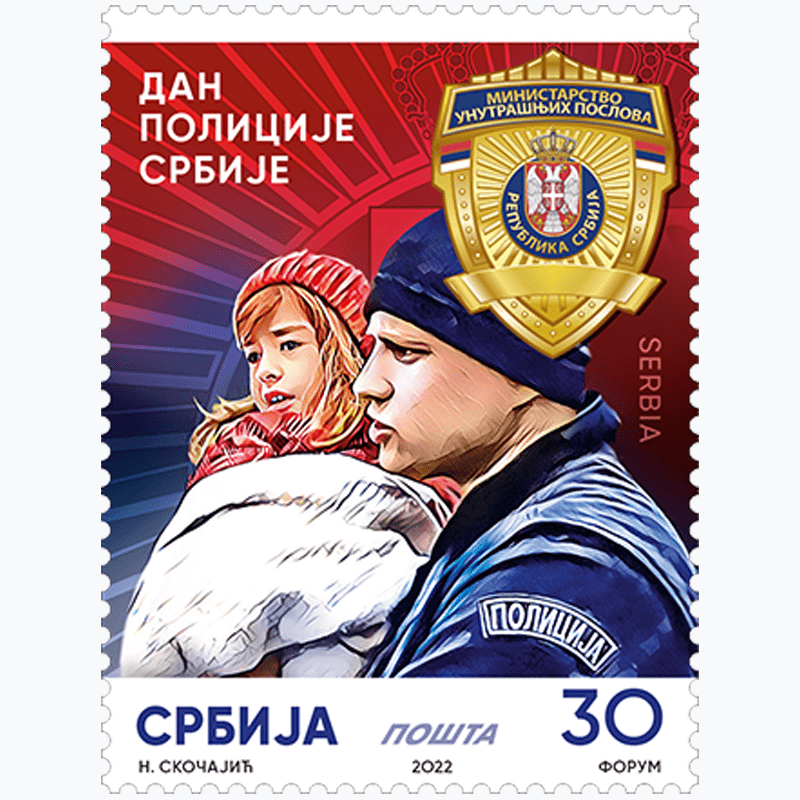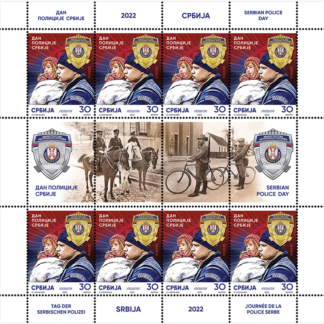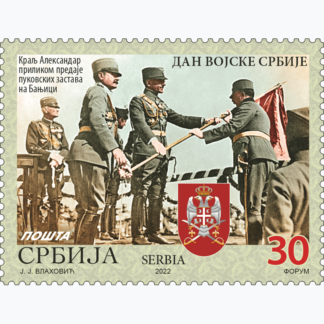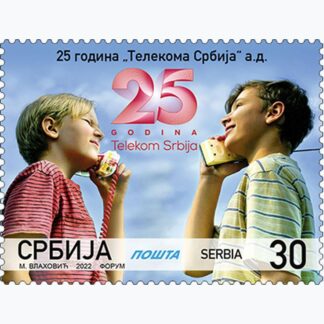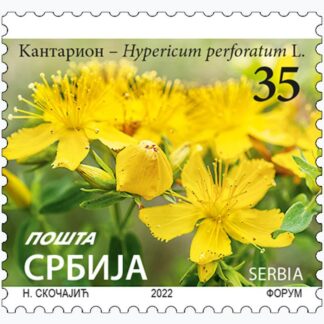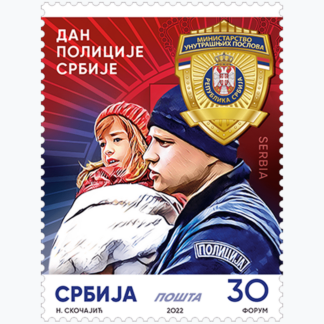Description
Serbian Police Day is marked in memory of 1862, when Serbian gendarmes played a crucial role in the conflicts near the Belgrade Čukur-fountain on Trinity Sunday and during the Turkish bombing of Belgrade the next day.
Officers have always been an important part of the Serbian Police.
The roots of officer and patrol activity in Serbia go back to the first half of the 19th century. The first law enforcement officers, defenders of law and justice, so-called patrolmen or quartermasters, were first established in the town police in the 1830s.
The streets of Belgrade at that time were mostly guarded by Turkish guards. Due to frequent complaints about their zeal, the chief of the Belgrade police hired a large number of Serbian cops – quartermasters, who, in a national suit, without a recog¬nizable uniform, took over patrolling the streets of Belgrade for the first time. By the decision of the first policeman of the city, and for the sake of greater security of the citizens, Belgrade also received street lighting, 10 lanterns that were distributed around the city.
In 1862, municipal night guards were formed. They were equipped with a whistle, a hand lantern and a tying rope, and three years later, with the adoption of The Rules of Night Watch, they were given a uniform for the first time.
As of 1928, the officers were ranked in classes, were given an official number on the buckle of the belt, wore a gendarmerie-like uniform, and some of them patrolled on bicycles.
Modern officer patrols were established immediately after the Second World War, in 1946. They were made up of people’s militiamen, who in 1966 received a new uni¬form, part of which was a recognizable “titovka” with a red five-pointed star, which many still remember.
The officer activity was abolished in 1991, and on the initiative of Minister Aleksandar Vulin, this year the officers were returned to our streets.
Since the appointment of Jakov Nenadović as the first minister of the internal affairs in 1811 until today, the police have undergone numerous changes, but one thing has remained the same - it is always in the service of its citizens.
Expert collaboration: Ministry of internal affairs – Jasna Popović-Ćosić; KPU – Prof. Ivana Krsić Mistridželović; Artistic realization of the issue: Nadežda Skočajić, Academic Graphic Artist
